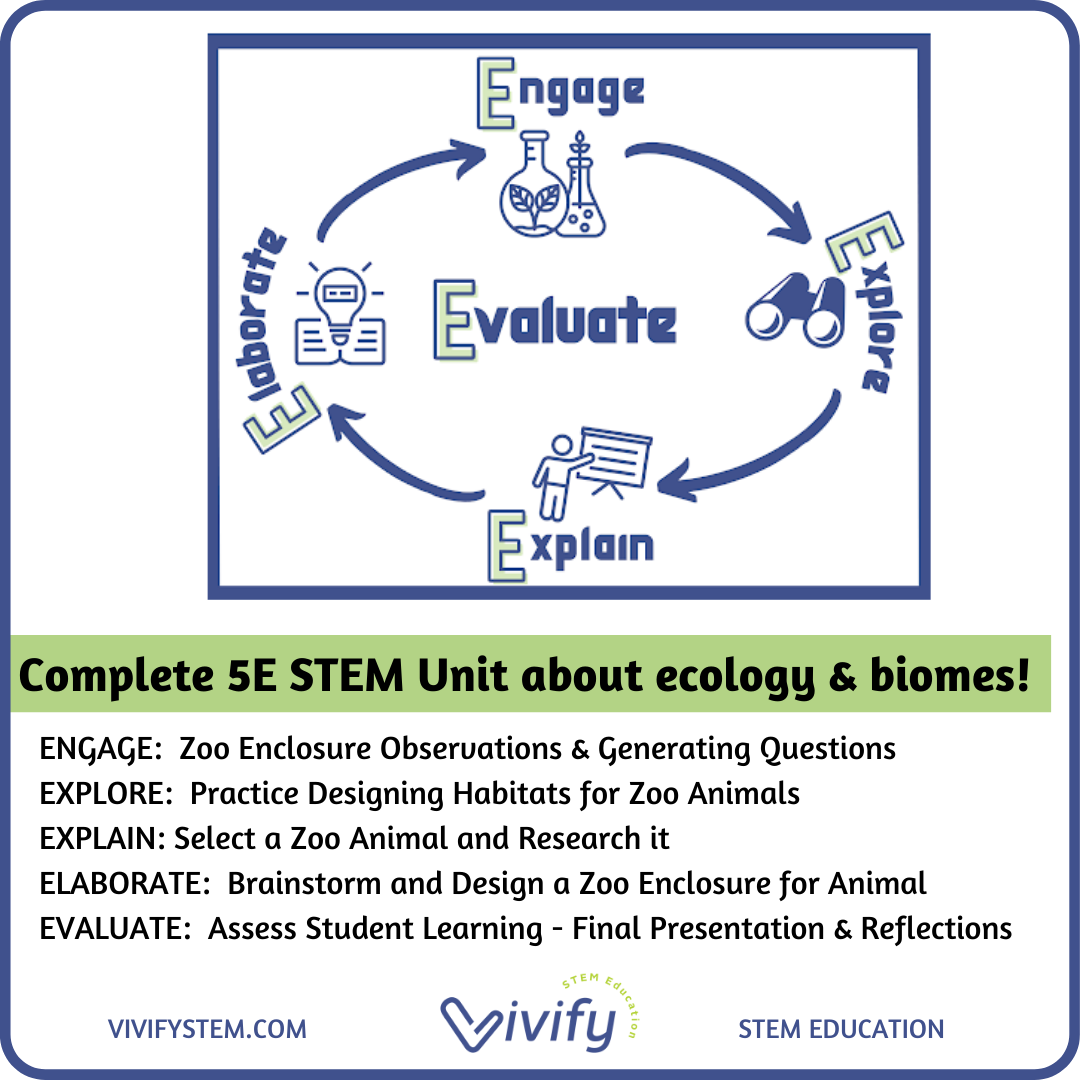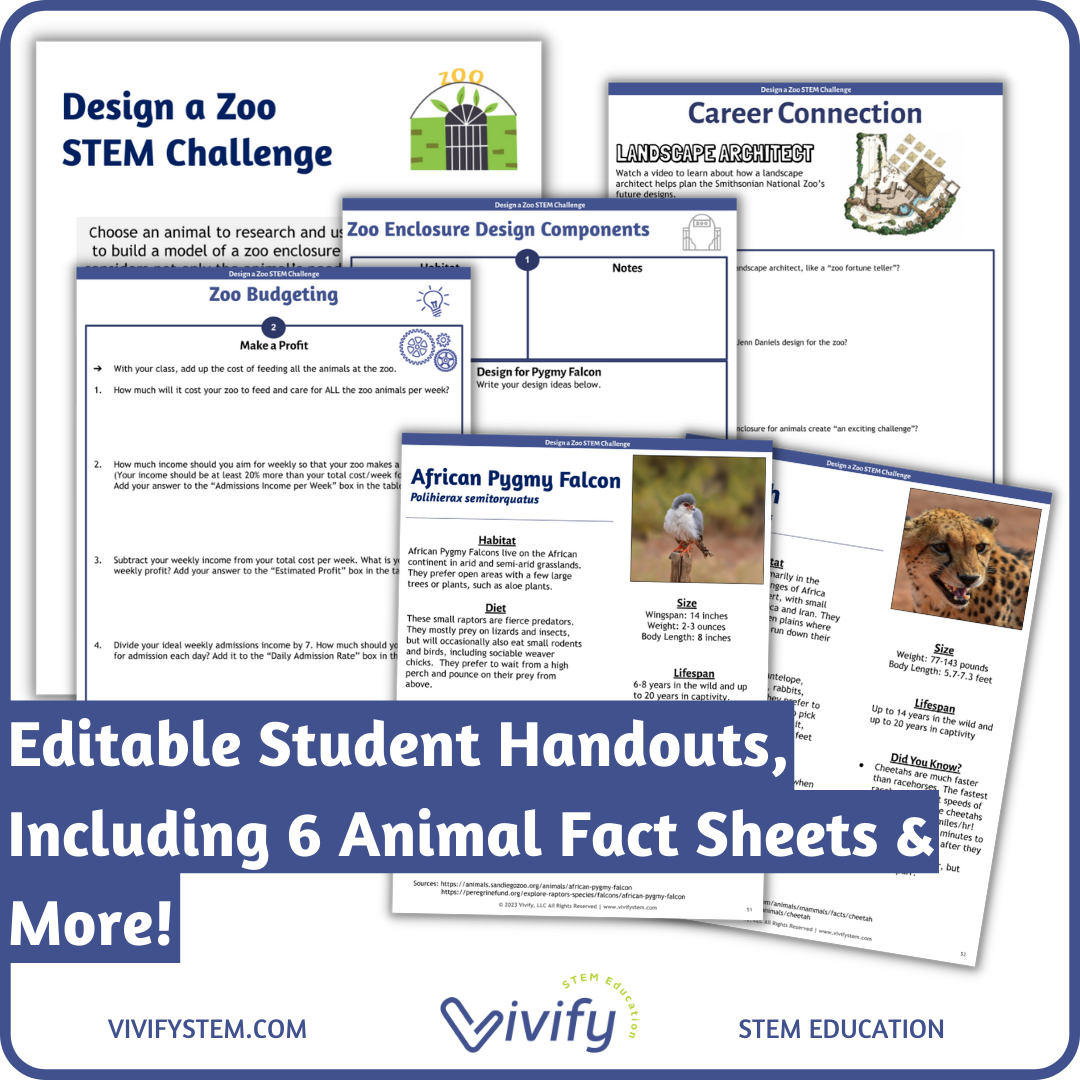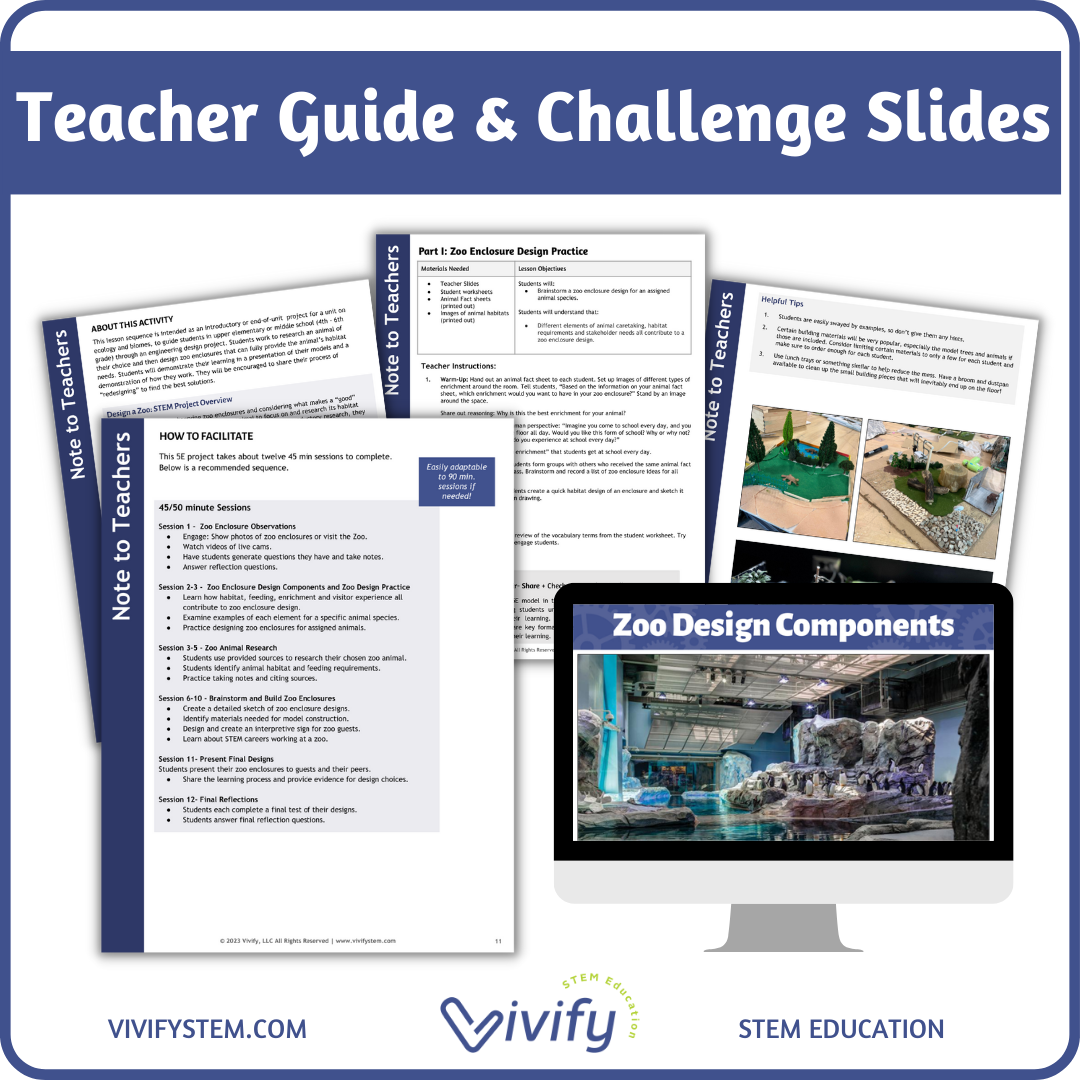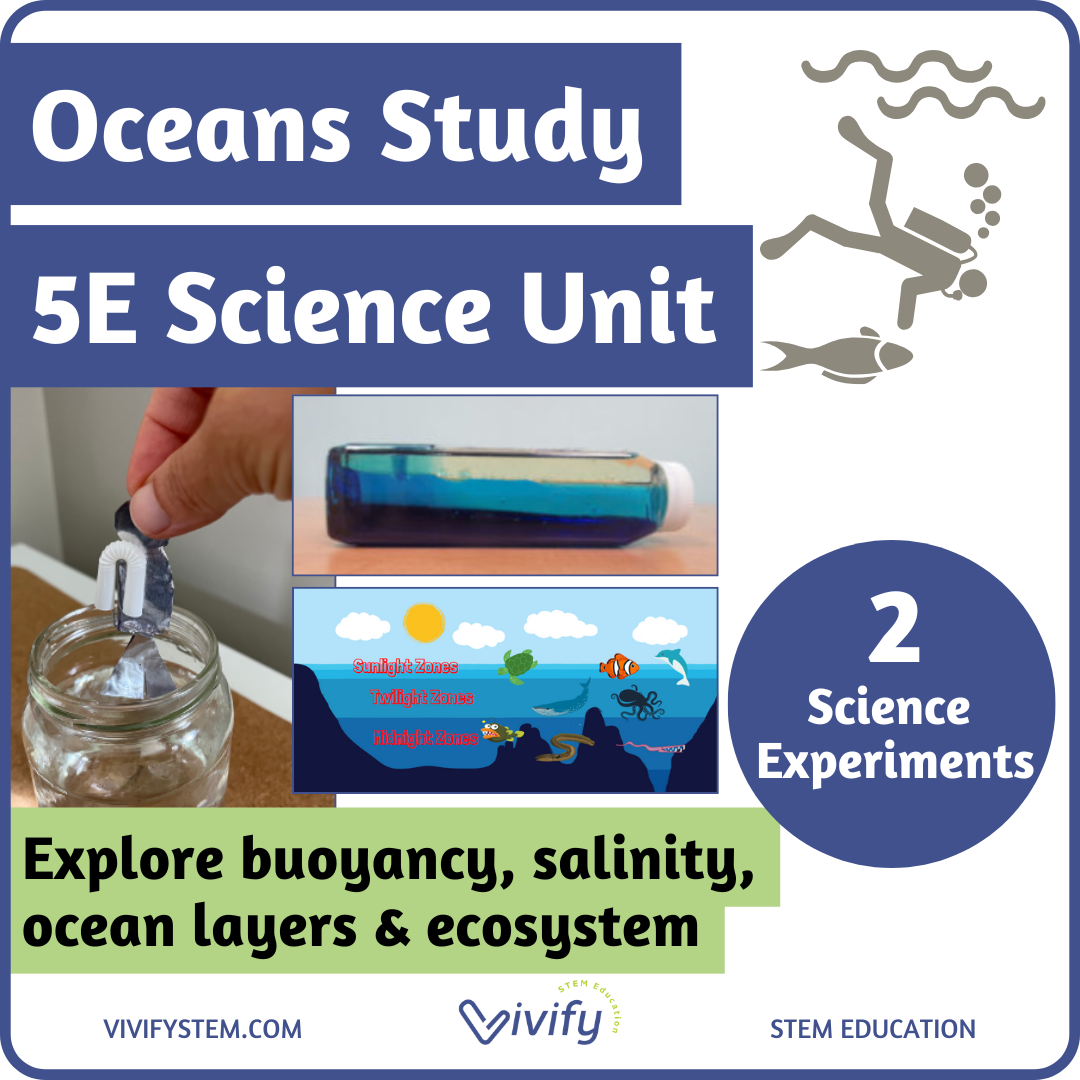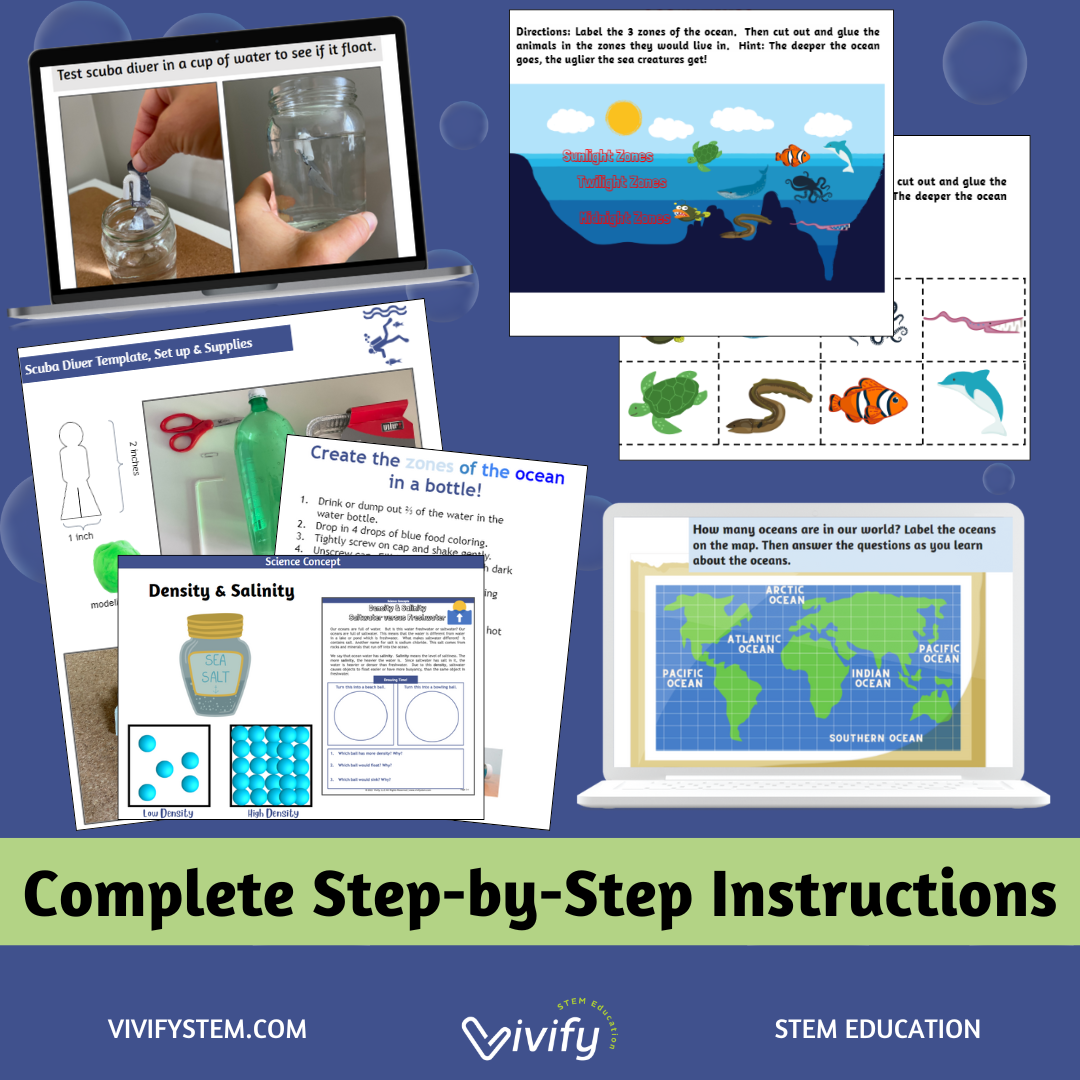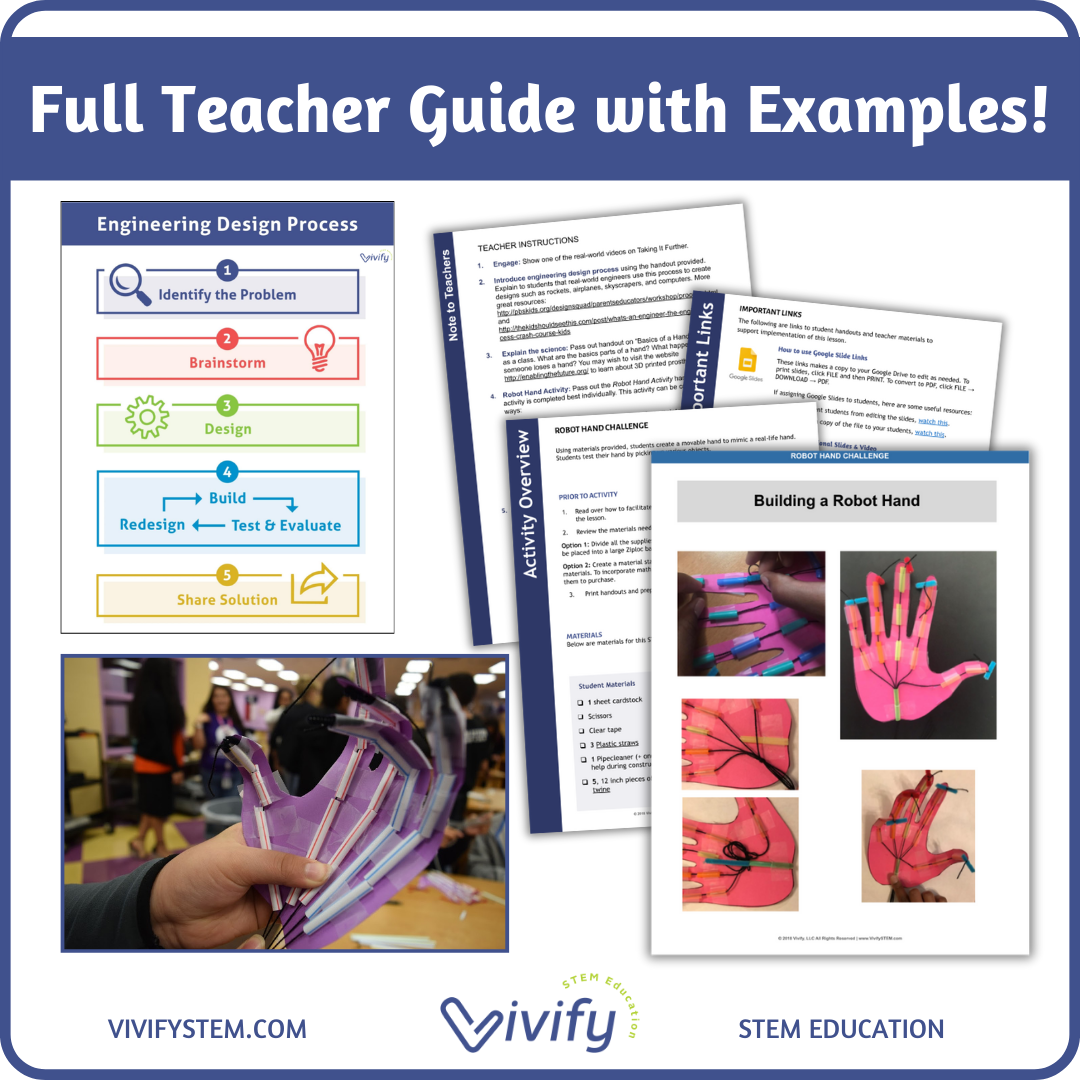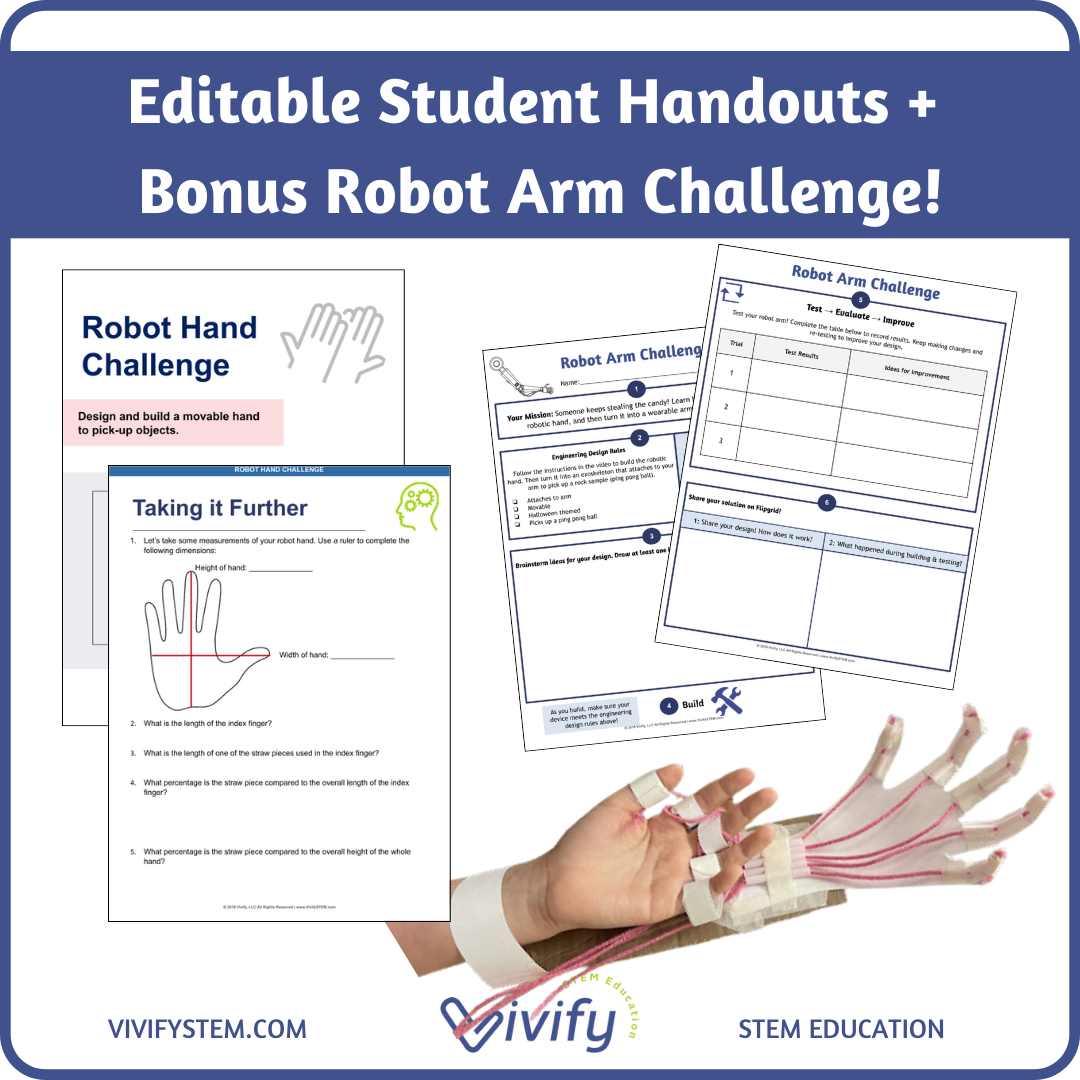Earthquake-Resistant Structures: STEM Project Overview
Students will begin by investigating a case study of a recent earthquake and observing videos of real and simulated earthquakes and investigating why some structures are damaged when the Earth shakes. They will build initial prototypes of earthquake-resistant structures and test material properties. Through engaging in class discussions and completing introductory research, they will work to describe the causes and effects of an earthquake and build knowledge of how engineers design structures to be earthquake-resistant. Building from this experience, students will then apply these concepts to re-design their own models of earthquake-resistant structures, which they will test. A final assessment is provided, along with additional information for a more in-depth discussion on STEM career connections.
Engage: Earthquakes - Setting up the Problem & Generating Questions
Explore: Building Structures out of Marshmallows and Spaghetti
Explain: Connect Real Technologies to Design Ideas
Elaborate: Build 2nd Iteration of Earthquake-Resistant Structures
Evaluate: Assess Student Learning with Final Test and Reflections
Real-world STEM Connection:
Structural Engineer
Science of Earthquake-Resistant Structures
As with many STEM activities, this challenge can be tailored to students of various skill levels and abilities.
Standards Alignment:
3-5 ETS1-1; 1-2; 1-3
Define a simple design problem reflecting a need or want; generate and compare multiple possible solutions to a problem based on how well each is likely to meet the criteria and constraints of a problem; plan and carry out fair tests in which variables are controlled.
4-ESS3-4
Generate and compare multiple solutions to reduce the impacts of natural Earth processes on humans.
MS-ESS3-2
Analyze and interpret data on natural hazards to forecast future catastrophic events and inform the development of technologies to mitigate their effects.
MS-ETS1-1
Define the criteria and constraints of a design problem with sufficient precision to ensure a successful solution, taking into account relevant scientific principles and potential impacts on people and the natural environment that may limit possible solutions.
MS-ETS1-2.
Evaluate competing design solutions using a systematic process to determine how well they meet the criteria and constraints of the problem.
MS-ETS1-3
Analyze data from tests to determine similarities and differences among several design solutions to identify the best characteristics of each that can be combined into a new solution to better meet the criteria for success.
MS-ETS1-4
Develop a model to generate data for iterative testing and modification of a proposed object, tool, or process such that an optimal design can be achieved.
Science and Engineering Practices
Asking questions and defining problems.
Planning and carrying out investigations
Analyzing and interpreting data
Included in this product:
Detailed teacher guide with links to resources
Editable teacher companion presentation slides
Student examples
Editable printed student handouts to guide them through the design process
Videos to motivate and support learning
STEM Career Connections and real-world examples
Science handouts
Student recording sheet for each step of the process
Suggested Materials: A video is included on how to build a shaker table for testing.
Package of Spaghetti
Mini Marshmallows
Package of Angel Hair Pasta
Play Dough
Medium Density Fiberboard with holes: 7-7/8" square x 3/4"
Large Plastic Bin (like this one)
String/Twine
Index Card
Safety Glasses
Optional Materials:
Trays for students to build on
Ruler
Weights or Small bags of sand
Science Notebooks for students






